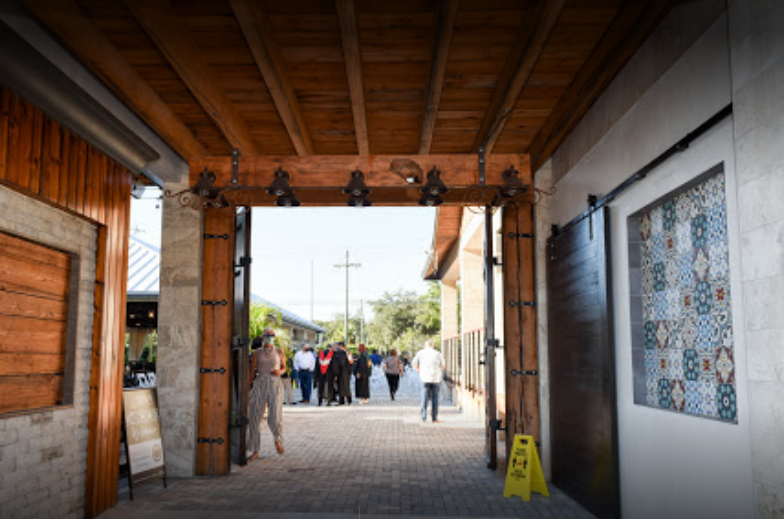
Editor’s note: Bruno Manno, senior advisor to the Walton Family Foundation’s K-12 program and former assistance secretary of education for policy in the administration of President George H.W. Bush, provided this commentary exclusively to reimaginED.
Senior Advisor to the Walton Family Foundation’s K-12 program. He is former Assistance Secretary of Education for Policy in the Administration of President George H.W. Bush.
About one in nine American young people ages 16 to 26 are neither working nor in school, holding back their transition to genuine adulthood. These 4.1 million young people lack connections to the institutions, people, and experiences they need to pursue opportunity and a flourishing life.
For at least a decade, K-12 schools, other post high school education and training programs and institutions, and local civic partners have been testing an approach to job and career preparation that doesn’t claim everyone must obtain a four-year college degree.
Called the career pathways movement, it gives young people more educational choices and helps them build bridges that make the connections they need to flourish as adults.
The Pathways to Prosperity Network is an example of this approach. Launched in 2012 by Jobs for the Future, it assists regional and state leaders in designing pathways programs tailored to local education and workforce systems and labor market needs.
This approach has been championed by governors and legislators of both political parties across a variety of states.
The programs have common features. First, there’s an aspirational goal for developing a young person’s knowledge, skills, and employability through multiple pathways and program choices not limited to acquiring a four-year college degree.
Second, there a focus on the dual elements needed to pursue opportunity: knowledge and networks, what students know and who they know. In short, knowledge + networks = opportunity.
Finally, there are four elements that make for a successful program and that can be duplicated in almost any community.
Credentials that pay
Programs offer an academic curriculum linked with labor-market needs and award a recognized credential to participants that leads to a decent income.
For example, Building Futures, a Rhode Island Registered Apprenticeship program, works with 29 public, private, and nonprofit organizations to provide apprenticeships and a nationally recognized credential in a variety of fields, including construction, health care, information technology, and marine trades. The program includes work placement and wage progression.
A civic compact
Written agreements describe responsibilities among the many organizations involved. Partners range from employers and trade associations to organizations like United Way and community foundations.
For example, the New Orleans civic partnership YouthForce NOLA offers high school students career exposure and work experience, “soft”-skills training, student coaching, and paid internships for seniors in areas that include health sciences, digital media and IT, and water management. This civic collaborative has 17 funders, 12 steering-committee members, dozens of student coaches, and 11 civic leaders as board members.
Work exposure and experience with an advisory system
Programs begin no later than middle school, with speakers and field trips. High school involves work placement and internships. Student advisors help them make informed choices and ensure they complete the program.
For example, Cristo Rey, a national network of 38 Catholic high schools serving 12,300 students, has a Corporate Work Study Program with an advisory system that assigns students—40% non-Catholic, 98% minority—five days a month to entry-level jobs with over 3,400 partners. Students earn 60% of their tuition through employment.
Supporting policies
Local, state, and federal policies and directives create a framework for program development—for example, a policy creating incentives for K-12, postsecondary institutions, labor, and workforce groups to integrate their separate funding encourages stable financial support.
In short, pathway programs integrate schools and students with employers and work, giving young people more choices of programs and schools that prepare them for life.
They create social capital for young people by initiating new relationships that expand their knowledge and networks.
They combine habits of mind and association, with the aim of helping young people acquire the knowledge and relationships necessary to pursue opportunity.
These programs create a connections opportunity agenda that offer faster and cheaper pathways to jobs and careers than traditional education settings.
They help young people cultivate an occupational identity and vocational self. Choosing an occupation and developing a broader vocational sense of one’s values, abilities, and personality is important for adult success.
They advance opportunity pluralism, offering individuals multiple education, training and credentialing pathways to work and career—including for some a college degree.
But instead of equalizing opportunity through a four-year degree pathway, the range of opportunities for individuals is broadened, making the nation’s opportunity infrastructure more pluralistic.
Finally, they place students on a trajectory to economic and social well-being, informed citizenship, and civic responsibility, laying a foundation for adult success and a lifetime of opportunity.
That’s good for the students who benefit from these programs and for society which can make better use of talents that might otherwise be overlooked.


